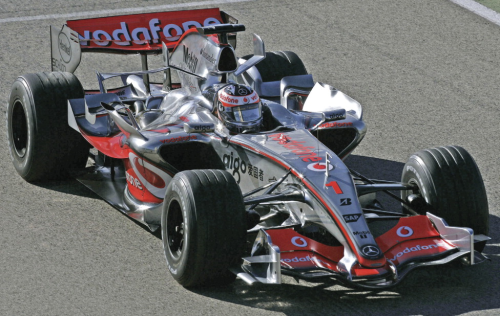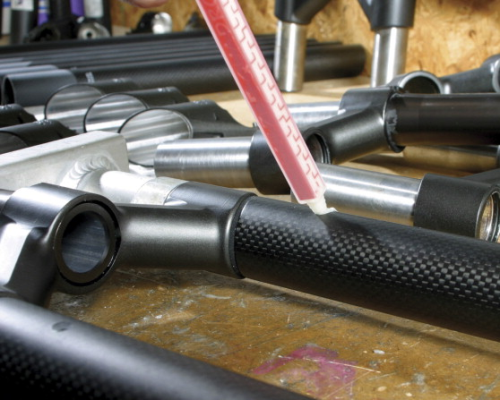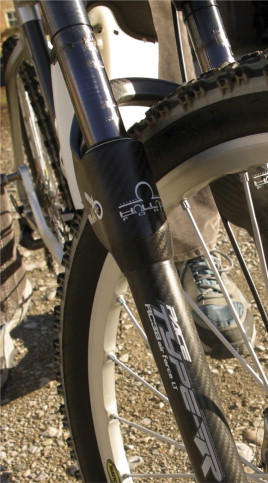


Industries as diverse as civil engineering, automotive, marine, aerospace, medical, electronics and leisure regularly use epoxy resins when it comes to bonding requirements. And it is easy to see why. They readily merge high strength capabilities with chemical resistance, good handling qualities and dimensional stability with acceptable costs.
In short, these adhesives have proved to provide an economic, as well as technically superior, alternative to mechanical fasteners and operations such as welding.
An adhesive for all needs
Broadly speaking, epoxies can be split into four main categories – general purpose, toughened, metal filled, and high temperature products. Within the epoxy technology, most manufacturers supply both one- and two-part products. For the epoxy to work, two components are necessary – a resin to provide the adhesion, and a hardener to make the product cure.
Single-component epoxies are formulated to include the hardener within the adhesive. This hardener remains inactive until the adhesive is heated during the bonding process. Although the method of heating is not critical, tests have shown that air-circulating ovens provide the most cost-effective curing. Where a rapid cure is necessary, induction heating offers the best option.
This means, of course, that it must be feasible to provide some kind of heating method for the application. (Obviously, for such applications, a suitable conductive adhesive or parts that are conductive must be employed.) Single-part products must also be stored in a refrigerated or domestic freezer environment.
Where heat curing is not practical, two-part epoxies can be employed. Here, the formulation comprises a separate resin and hardener. Where these products are used, the curing process begins when the two components are mixed together.
The mix ratio of the epoxy components will be determined by the specific application. To avoid the possibility of an incorrect mix of the two parts (the most common cause of a joint failure), two-part epoxies are available in pre-measured twin cartridge packaging.
That's an overview of epoxy adhesives, but what about some practical examples of where they are used when it comes to reinforced plastics?
The right Formula
One area where every component is pushed to the limit is the demanding Formula One racing environment.
Today's racing cars are constructed of advanced composite materials, making epoxies the obvious choice for bonding requirements. Henkel, an official supplier to the Vodafone McLaren Mercedes Formula One team, provides aerospace-grade products that are used in both the assembly of the car and the make up of the composite materials. The epoxy adhesive technology helps to provide stiffness and rigidity to the cars without the addition of unnecessary weight.
Although the use of adhesives throughout the car is extensive, one specific application that includes the use of specialist epoxy pastes and films involves the bonding of composite structures such as the outer carbon fibre layer to the underlying honeycomb elements. In another application, epoxies are employed to enhance composite structures, including the spars that are bonded to the skins of the front wing to provide additional strength.
Building up the Pace
Based in York, UK, Pace Cycles is one of the cycle industry's suspension pioneers. For around two decades, the company's engineers have developed a number of unique designs, including rear mounted fork bridges and brakes, hollow crowns, grease ports, remote lockouts and the use of composites. One of its key innovations is the lightweight cross-country Hollowform fork range. As the name suggests, this construction involves a hollow carbon fibre bridge-slider assembly.
In every application safety is the over-riding factor, with each joint being torque tested to ensure reliability. This standard of excellence means all the products used in the manufacture of suspension units must also be exceptional. As far as the bonding of the joints is concerned, Pace Cycles has opted for epoxy adhesives. In this case, it is a toughened, two-part product that is ideal for gap filling and vertical bonding of metals and rigid plastics.
The company has found it perfect for joining the magnesium components to composite materials on the super-lightweight bicycle forks. For some applications, such as the bonding of forged aluminium crown to the carbon fibre fork leg, the adhesive is injected through pre-drilled holes in order for it to flow around the joint, while for other jobs the epoxy is simply ‘pasted’ into the bond line. To ensure accurate wheel tracking and alignment, each part is clamped into a bonding jig.
The forks have to be lightweight so as to maximise power to weight ratio, yet at the same time be sufficiently robust to resist the extreme load, fatigue and temperature which off-road racing entails. Alongside the unfriendly external situations, the adhesive must withstand the considerable heat that is generated by hydraulic brake systems – temperatures that are transferred through the bonded joints to the carbon fibre frame.
Epoxies fit the bill
Significant advances have been made in epoxy adhesive technology in recent years. And that has increased their use in a variety of industries. In this brief overview, it can be seen that epoxy resins are ideal for a whole variety of applications involving composite components. They cure rapidly at room or raised temperatures and are ideal for automated processes.
As with all bonding technologies, the technical specialists at your adhesives supplier can provide more in-depth details and answer specific questions.





